
What are shock absorbers?
In an ideal world, all road surfaces would be even and smooth, allowing you to drive freely without worrying about your tyres or suspension system. Unfortunately, bumps, potholes, and rough roads are an everyday reality for drivers. Thankfully, modern vehicles have efficient damping systems which reduce the vibrations and unwanted movements caused by driving on uneven surfaces. The shock absorbers play a key role in this.
What are shock absorbers?
Shock absorbers, also known as suspension dampers or “shocks”, are devices that balance the compression and rebound movements of the suspension springs. These components are essential for maintaining road contact, vehicle stability, and control. They do this by creating resistance using a pressurised oil or gas inside the shock absorber tube(s). Without shocks, the driver would feel the impact of every road bump and the car may feel like a bouncy ball.
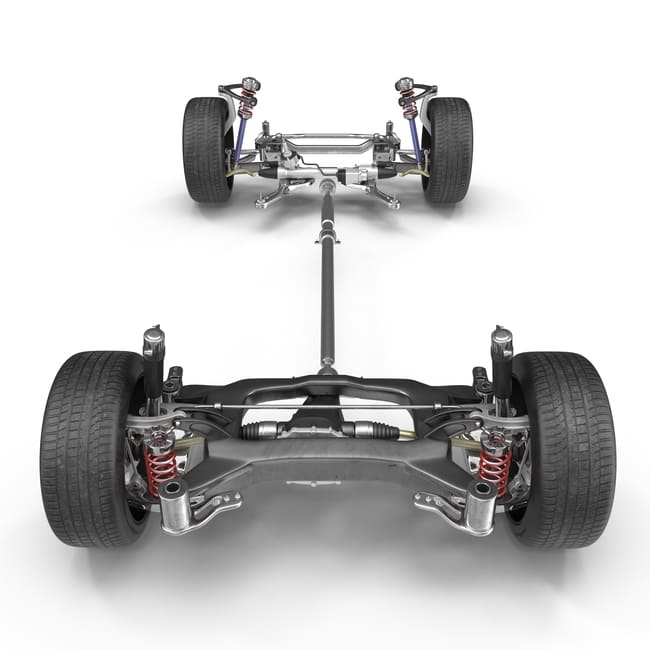
What do shock absorbers do?
The main purpose of car shock absorbers is to maintain contact between the wheels and the road as much as possible, while ensuring that the suspension springs are kept under control and bouncing, body roll, and swaying are kept to a minimum. They also help to reduce wear on the suspension components and wheel assemblies by minimising impacts while driving.
They cushion the body components from shocks and reduce the intensity of vibrations. They do all this by converting kinetic energy into thermal energy. For example, when a car goes over a bump, the springs react and absorb the kinetic energy. To stabilise the movement of the car, this energy must then be dissipated. A piston is actuated in the shock absorber cylinder, pushing out the oil inside. This oil has to be forced through small openings or absorber valves, creating resistance. In turn, the resistance slows down the piston and suspension movement while generating heat.

How many shock absorbers in a car?
Each wheel of a car will either have one shock absorber or one strut, which means that there may be four shocks altogether. However, in some vehicles, such as SUVs, you may find that there are two struts on the front axle and two shock absorbers on the rear axle.
Types of shock absorbers
There are numerous different types of shocks, including hydraulic, gas-charged, adjustable, coilover, and air shocks. Each has its own advantages and disadvantages depending on the application. Nowadays, the most common suspension dampers in cars are hydraulic, though there are many different kinds of hydraulic devices with varying designs and components. Here are the three most popular types of dampers that are used in modern vehicles:

Twin-tube shocks
These have two cylinders. The inner cylinder contains the piston and shaft, and the outer one acts as a fluid reservoir, also containing a low pressure gas for absorbing vibrations. A valve controls the flow of fluid between the cylinders. One of the main advantages is that they are super affordable. However, there is a higher risk of oil foaming when they are subjected to severe driving conditions, which ultimately reduces the effectiveness of the dampers.
Monotube shocks
As the name suggests, these components consist of a single tube which houses the piston, shock absorber fluid, and gas. They have larger pistons and contain more oil than traditional twin-tube shocks, allowing for greater damping precision and improved heat dissipation. Foaming is avoided as the oil and gas remain completely separate at all times, thanks to the free-floating piston that divides them. On the other hand, you may notice that the ride is stiffer as a result of the high pressure gas. The components are also much more expensive to produce and more vulnerable to external damage.
Remote reservoir shocks
These are advanced products designed with an external reservoir and external hose which connects the main cylinder to the oil tank. Its design increases the oil capacity of the absorber and therefore dissipates heat more effectively. There is also less pressure buildup, making the components more durable. They are ideal for off-road and high-performance vehicles. The downside is that, due to these characteristics, they are very expensive and not recommended for standard vehicles.
How long do shock absorbers last?
You can generally expect your shock absorbers to last for at least 4 to 5 years, provided that they are well maintained and aren’t subjected to extreme driving conditions. It is advisable to inspect them annually or at least once every 50,000 miles. The replacement interval will largely depend on the driver’s habits, type of vehicle (e.g. light or heavy-duty), condition of the roads, and vehicle’s mileage. Off-road driving, carrying heavy loads, or frequently driving over potholes and rough surfaces will cause the components to wear out faster.
It’s important to replace them when they are faulty for your own safety and the safety of the passengers. If you don’t you could lose control of your vehicle the next time you encounter a bump in the road or pothole.
Symptoms and signs of bad or worn shock absorbers
A rough or bumpy ride – If the vehicle bounces more and you feel like you are going to lose control of it when driving on uneven surfaces, there is a strong possibility that the shock absorbers are faulty.
The vehicle nose dives when braking – This can occur if the shocks or struts are worn or damaged.
Vehicle rolls or sways when cornering – The car may sway or lean to one side when turning corners due to a lack of control over the suspension and body movement.
A vibrating steering wheel – Excessive vibrations when driving on rough roads or terrain suggests that the shocks are not doing their job properly.
Abnormal noises – For example, you may hear metal clunking, rattling, or creaking sounds when driving over bumps or on rough surfaces.
Fluid leaks – Direct damage to the tubes, broken or worn seals, corrosion, and excessive vehicle loads are usually what cause shock absorbers to leak. Once the fluid or gas escapes, the parts are no longer effective.
Uneven tyre wear – A faulty suspension system will directly impact the wheels.
Steering difficulties – If the steering wheel is abnormally stiff or the vehicle leans to one side when turning, this could be an indicator that it’s time for a replacement.
- J. A.13.10.2024 21:46Member
I bought kyb suspension system from AUTODOC, just one year it’s wear down now
 @Graziana Venturi14.10.2024 09:04J. A.Moderator
@Graziana Venturi14.10.2024 09:04J. A.ModeratorHello, and thank you for notifying us about the issue with your KYB suspension system! Our Customer Support team is fully prepared to assist you in resolving this matter. You may contact us via email at [email protected] or through the contact form available here: https://www.autodoc.co.uk/services/contact.













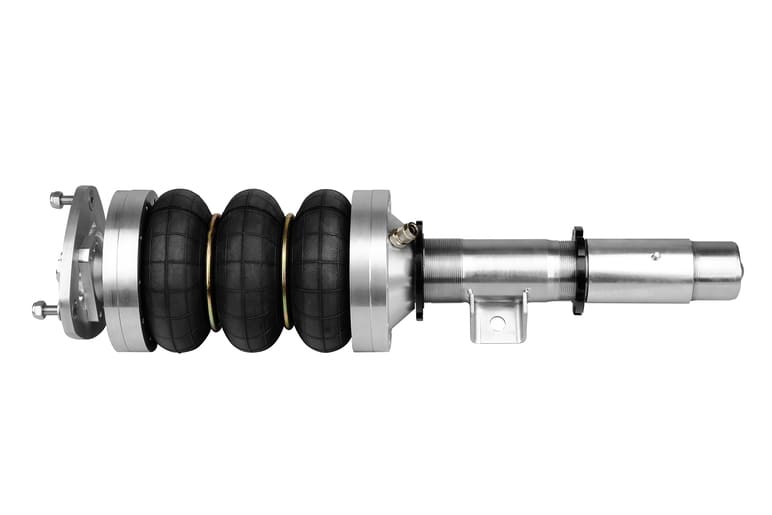
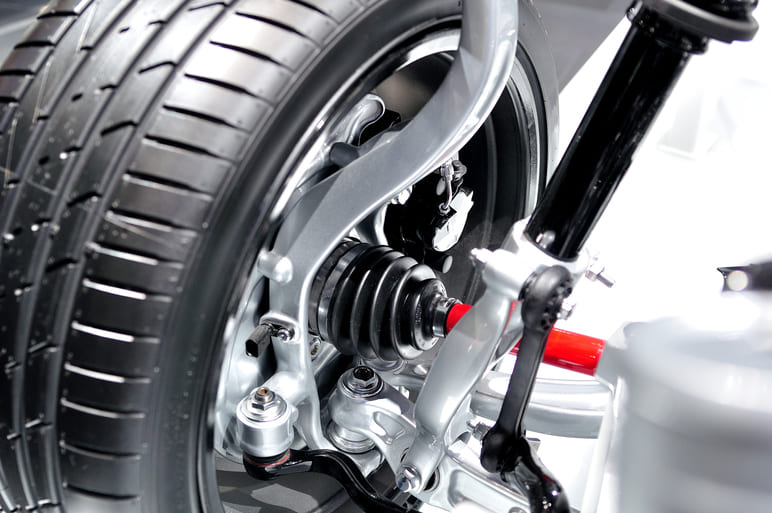
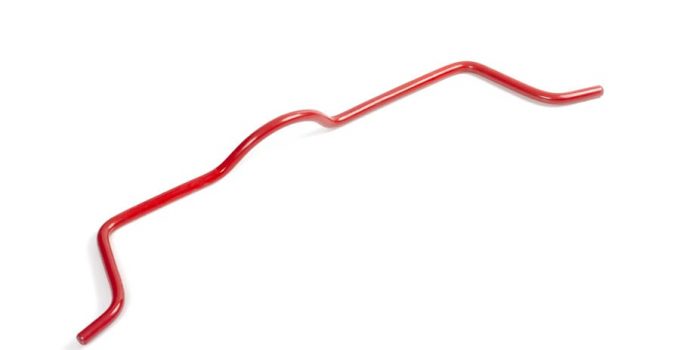

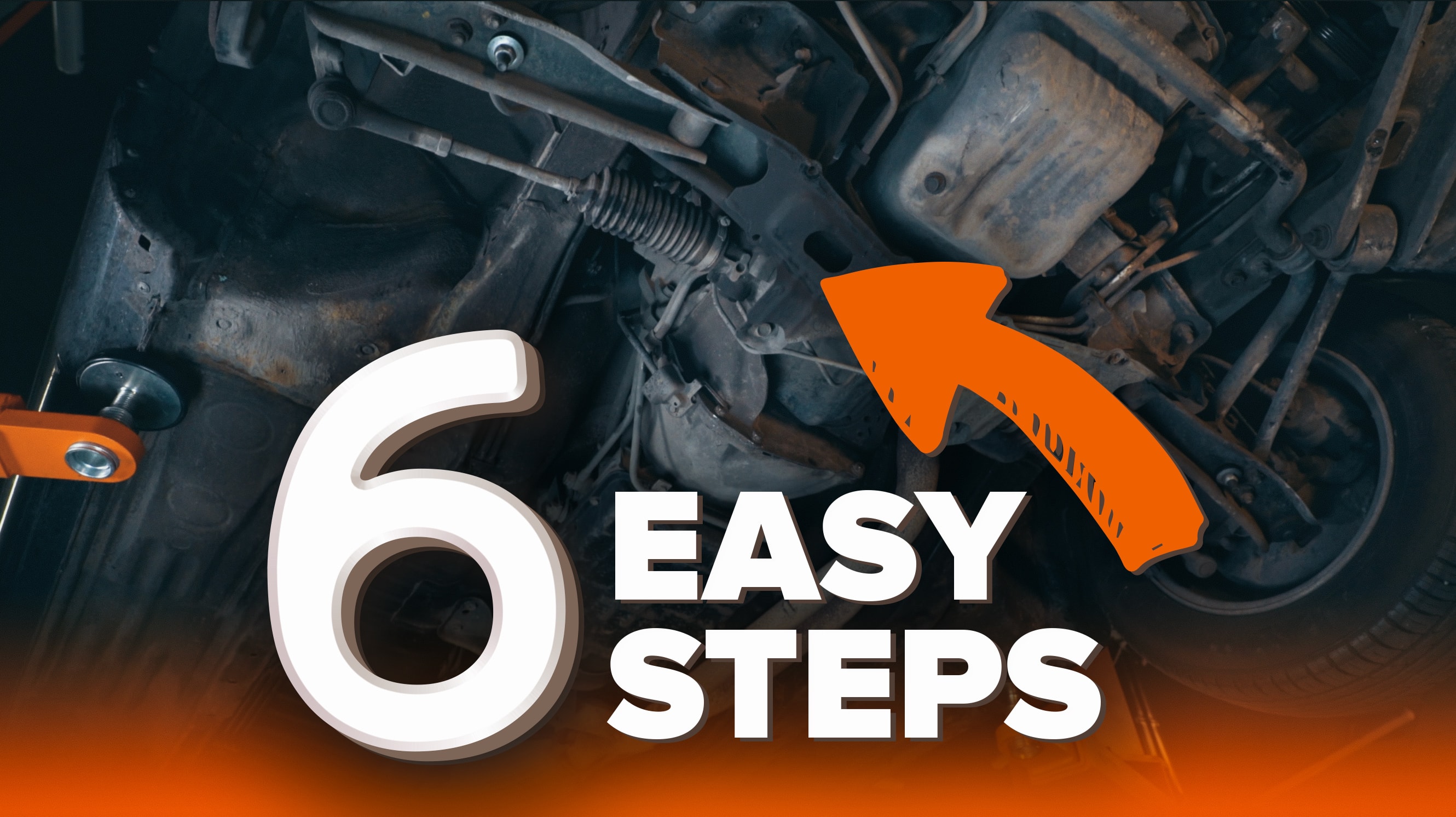
Comments – 2